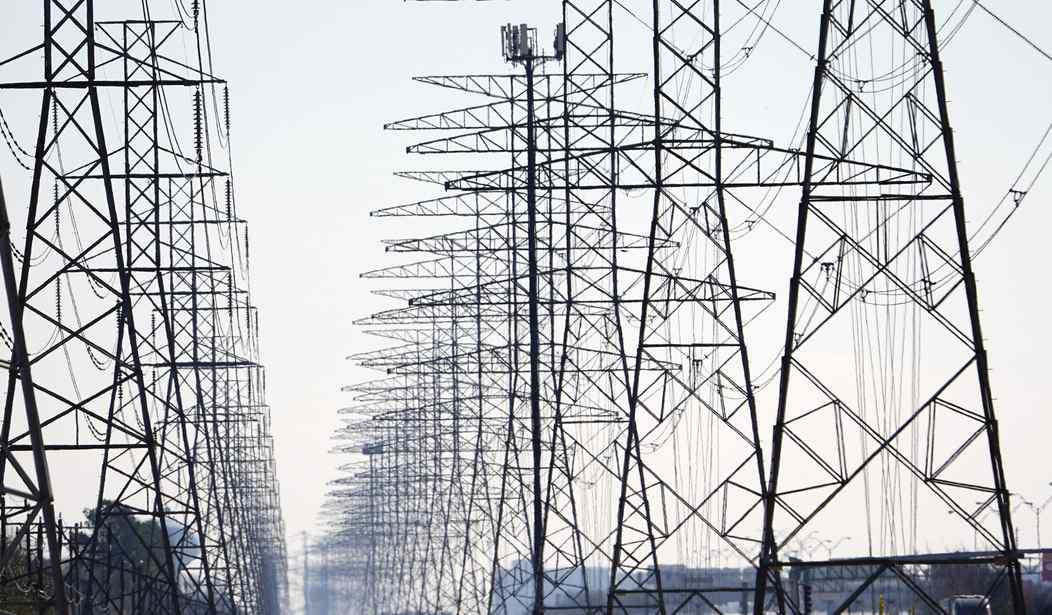Throughout the month of April, the Biden administration has dropped countless rule finalizations related to energy and conservation. Unfortunately for the American people, the consequences are expected to be dire: they will lead to higher energy bills, diminished public land access, and grid instability.
The White House is hastily issuing rule after rule with the looming Congressional Review Act (CRA) deadline – expected to fall on May 22nd, 2024 this year.
Many of these rules are legally questionable, as presidents and agencies cannot unilaterally make rules. Unsurprisingly, the Biden White House is ignoring landmark Supreme Court decisions - like West Virginia vs. EPA - that restricts government agencies and the president powers to craft regulations. That responsibility rests solely with Congress.
You can see all proposed and soon-to-be finalized rules at the Office of Management and Budget here - but I’ll focus on several rules that are especially egregious.
Clean Power Plan 2.0
Recommended
Last week, the Environmental Protection Agency (EPA) announced four rules aimed at curbing pollution and fighting the so-called climate crisis–including the Clean Power Plan 2.0 rule.
CPP 2.0 rule, as it's commonly known, mandates the aforementioned coal and natural gas plants - 60% of the U.S. 's generating capacity - reduce carbon emissions by 90% by 2032. This would force existing coal plants and new natural gas ones to shut down unless they partake in carbon capture or install similar “emissions control technologies.” Carbon capture, however, has many unknowns, is expensive, and could “lead to reduced efficiencies in power and industrial plants, while simultaneously increasing their water consumption.”
What does the North American Electric Reliability Corporation’s (NERC) think about this EPA directive? In its December 2023 Long-Term Assessment report, NERC warned: “Environmental regulations and energy policies that are overly rigid and lack provisions for electric grid reliability have the potential to influence generators to seek deactivation despite a projected resource adequacy or operating reliability risk.”
West Virginia AG Patrick Morrissey, who successfully brought West Virginia vs EPA before SCOTUS, is threatening to challenge this rule and take it to SCOTUS again.
BLM Conservation and Landscape Rule
The Bureau of Land Management finalized its controversial Conservation Landscape and Health rule - or Public Land Rule - that claims to put conservation on equal footing with multiple-use management of public lands.
Section 6102.4(a)(3) of the original rule said to authorize “renewable energy projects” on BLM lands, “the BLM and the project proponent may agree to compensate for loss of wildlife habitat by restoring or enhancing other habitat areas.” It also said: “A conservation lease could be used to put compensatory mitigation dollars to work restoring compromised landscapes.”
Instead of “conservation leases,” the agency went with “restoration” and “mitigation” leases in the final rule drop. This section, to me, is still troubling. A fact sheet states, “Appropriate places for restoration and mitigation leasing on public lands include degraded habitats in need of restoration, as well as intact landscapes and functioning ecosystems that can serve as compensatory mitigation for a particular action. For example, as part of authorizing a renewable energy project on public lands, the BLM and the project proponent may agree to compensate for loss of wildlife habitat by restoring or enhancing other habitat areas on public lands. A mitigation lease could be used to protect the restoration and enhancement actions.”
So a solar or wind company could get away with despoiling good habitat if they “promise” to restore lesser habitat? This would be a common occurrence under the proposed Western Solar Plan to potentially make 22 million acres across 11 Western states available to utility-scale solar development. Insanity
As I previously noted here at Townhall, conservation is already considered a use under the Federal Land Policy and Management Act (FLPMA).
The rule is likely illegal because a previous similar rule - BLM 2.0 - was invalidated in 2017 under the Congressional Review Act and signed into law by former President Trump.
Renewable Energy Rule: 80% Discount for Solar and Wind Developers
Another problematic rule is BLM’s final Renewable Energy Rule to award solar and wind companies - beneficiaries of “Inflation Reduction Act” monies - an 80% discount on developers fees (for acreage rents and capacity fees).
This rule, per the agency website, would deploy “clean energy” on public lands and achieve a “national goal of 100% carbon-free electricity by 2035.” Yeah, right.
Sarah Montalbano, senior fellow at IWF’s Center for Energy and Conservation, explained, “Taxpayers are being shortchanged by being deprived of the fair market value for land rentals. What’s worse is that renewable energy projects already rely heavily on subsidies and tax breaks to survive. Furthermore, special treatment will not overcome grid connection challenges and the substantial land requirements of wind and solar compared to coal and natural gas-fired plants.”
Without subsidies, clean energy projects (solar, wind, and electric vehicles) can’t come online. And even subsidies don’t ensure their success because there’s no consumer demand for them. The Biden administration shouldn’t be tipping the scales in favor of costly, unreliable, intermittent energy sources.
Conclusion
Governing by regulatory fiat defines Democratic administrations–especially the Biden White House. If the Supreme Court reins in the Chevron Doctrine in the next few months, there can be some relief and welcomed checks and balances.

























